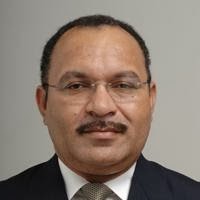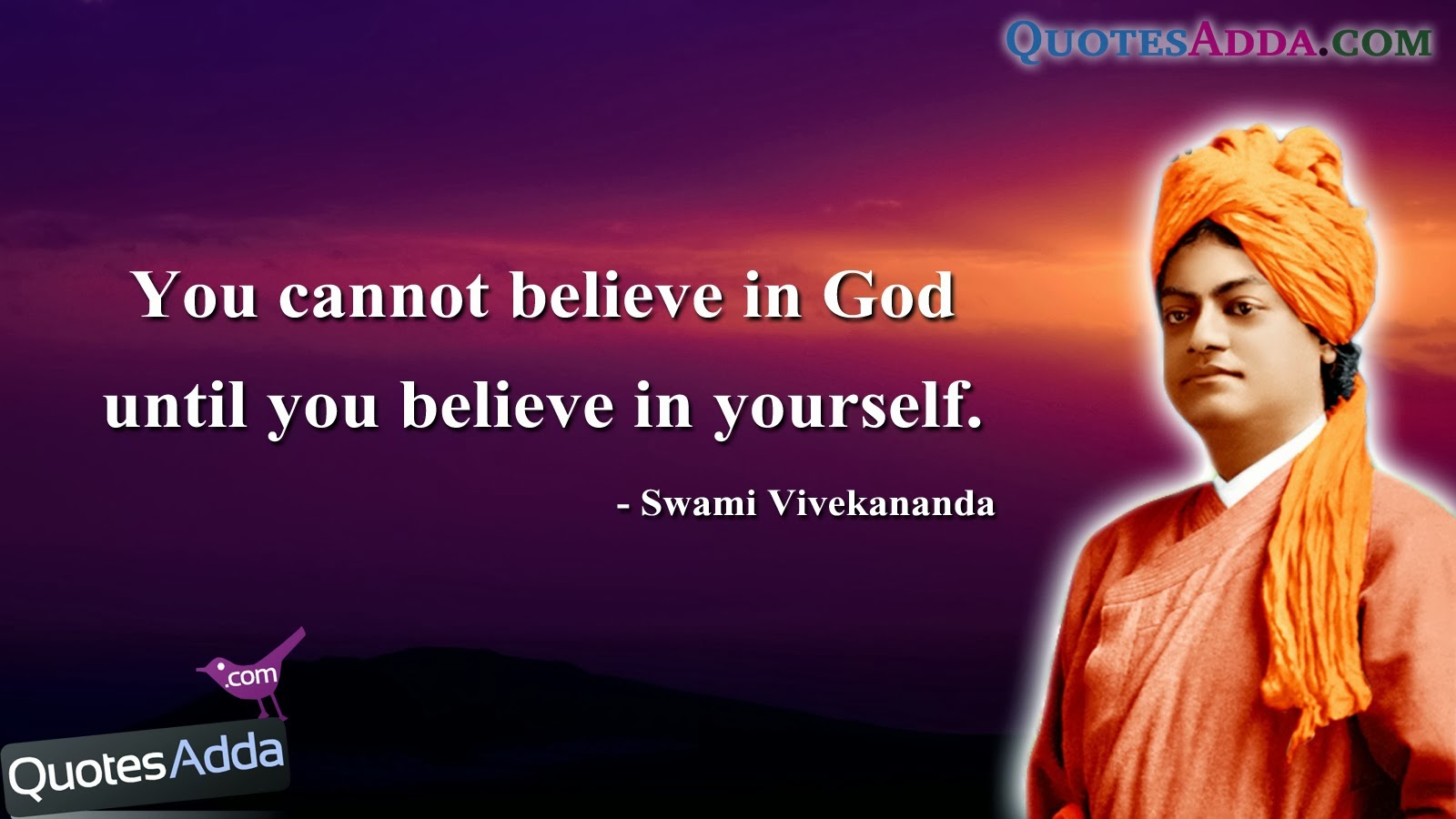India is having a mixture of landscape, comprising, hills, mountains, peaks, ranges of mountains, valleys and plains.
Due to India's natural geographic structure, there is a lot of scope for tourism in all the above types of landscapes.
Before going into the details of the natural tourists'spots in India in all the major 3 types of landscapes, namely, the mountain-ranges, valleys and plains, let us have a preview of the mountain ranges gifted to India by 'Mother- Nature'.
There are 20 Mountain-Ranges in India, as detailed below:
1. The "Himalayas", literally meaning the ‘abode of snow’, is a range of Mountains, in the north-most part of India, separating the plains of the Indian subcontinent from the Tibetan Plateau.
2. The "Mahabharat Range" of Mountains, also called the‘Lesser Himalayas’, is a major East-West mountain range, with elevations ranging between 1,500 metres and 2,700 meters /5,000 feet and 9,000 feet, along the crest, paralleling the much higher Great Himalaya range from the Indus River in Pakistan across northern India, Nepal, Sikkim and Bhutan.
3. The“Ladakh Range" of Mountains is a segment of the "Karakoram Mountain Range", from the mouth of the Shyok River in the Ladakh region to the Tibetan border.
4.The“Vindhya Range” is a mountain range of older rounded mountains and hills in the West-Central Indian subcontinent, which geographically separates the Indian subcontinent into the North India/the Indo-Gangetic plain and the Southern India.
5.The “Aravalli Range” of Mountains / Mewat hills is lying for about 800 kms across the Indian States of Gujarat, Rajasthan, Haryana and Delhi.
6.The“Atharamura Range” of Mountains, is a southern extension of the “Siwalik Hills” is lying along the State of Tripura.
7. The:“Bodamalai Betta Range" of Mountains is a 1,200 metres /3,937 feet long mountain range in the Eastern Ghats of South India, located in the hills 20 kilometres/12.4 miles west of the Stanley Reservoir in Salem District of Tamil Nadu State, India.
8. The“Dundwa Range” of Mountains is a subrange of “Sivalik Hills” in the Western Nepal and Northern Uttar Pradesh.
9. The “Harischandra Range” of Mountains is a spur of the Western Ghats in Maharashtra, running from the districts of Pune through Ahmednagar,Beed and Osmanabad, lying between the rivers Godavari and Bhima.
10.The "Langpangkong Range" is a mountain range in Nagaland, located between the valleys of the Dikhu and Milak rivers in the Mokokchung District.
11.The “Namcha Barwa Himal”, also known as“Namjagbarwa syntaxis” or “Namjagbarwa Group Complex”, is the easternmost section ] of the Himalayas in southeastern Tibet and northeastern India.
12.The "Pir Panjal Range” of Mountains is a group of mountains in the Inner Himalayan region, running from East-South East to West-North West across the Himachal Pradesh and Indian-occupied Jammu and Kashmir and Pakistan-administered Azad Kashmir, the disputed territories.
13.The “Rimo Muztagh” is one of the most remote Sub-Ranges of the “Karakoram Range”.
14. The “Saltoro Mountains”, also known as “Saltoro Parvat” or “Saltoro Muztagh” are a subrange of the "Karakoram Range", located in the heart of the Karakoram, on the southwest side of the Siachen Glacier, one of the two longest glaciers outside of the polar regions.
15. The“Satpura Range” is a range of hills in central India, rising in eastern Gujarat state near the Arabian Sea coast, running east through the border of Maharashtra and Madhya Pradesh to the east till Chhattisgarh.
16. The“Siachen Muztagh” is a remote Sub-Range of the "Eastern Karakoram Range".
17.The “Sub-Himalayan Range” are the southernmost mountains in the Himalaya Range.
18. The “Western Ghats” is a mountain range along the western side of India, running north to south along the western edge of the Deccan Plateau, separating the plateau from a narrow coastal plain, called “Konkan Plains” along the Arabian Sea.
19. The "Nilgiris" Mountains are a range of mountains with about 24 peaks with height above 2,000 metres /6,600 feet, in the western most part of Tamil Nadu state at the junction of Karnataka and Kerala states, being a part of the larger Western Ghats mountain chain making up the southwestern edge of the Deccan Plateau.
20. The“Eastern Ghats”, or “Purva Ghats” is a range of Mountains, which is a discontinuous range of mountains along India's eastern coast, running from the State of West Bengal through Odisha, Andhra Pradesh, Tamil Nadu and Karnataka. The Eastern Ghats are not as high as the Western Ghats. The four major rivers of the South India, the Godavari, the Mahanadhi, the Krishna and the Kaveri, pass through the Eastern Ghats, which are parallel to the Bay of Bengal.
Due to India's natural geographic structure, there is a lot of scope for tourism in all the above types of landscapes.
Before going into the details of the natural tourists'spots in India in all the major 3 types of landscapes, namely, the mountain-ranges, valleys and plains, let us have a preview of the mountain ranges gifted to India by 'Mother- Nature'.
There are 20 Mountain-Ranges in India, as detailed below:
1. The "Himalayas", literally meaning the ‘abode of snow’, is a range of Mountains, in the north-most part of India, separating the plains of the Indian subcontinent from the Tibetan Plateau.
2. The "Mahabharat Range" of Mountains, also called the‘Lesser Himalayas’, is a major East-West mountain range, with elevations ranging between 1,500 metres and 2,700 meters /5,000 feet and 9,000 feet, along the crest, paralleling the much higher Great Himalaya range from the Indus River in Pakistan across northern India, Nepal, Sikkim and Bhutan.
3. The“Ladakh Range" of Mountains is a segment of the "Karakoram Mountain Range", from the mouth of the Shyok River in the Ladakh region to the Tibetan border.
4.The“Vindhya Range” is a mountain range of older rounded mountains and hills in the West-Central Indian subcontinent, which geographically separates the Indian subcontinent into the North India/the Indo-Gangetic plain and the Southern India.
5.The “Aravalli Range” of Mountains / Mewat hills is lying for about 800 kms across the Indian States of Gujarat, Rajasthan, Haryana and Delhi.
6.The“Atharamura Range” of Mountains, is a southern extension of the “Siwalik Hills” is lying along the State of Tripura.
7. The:“Bodamalai Betta Range" of Mountains is a 1,200 metres /3,937 feet long mountain range in the Eastern Ghats of South India, located in the hills 20 kilometres/12.4 miles west of the Stanley Reservoir in Salem District of Tamil Nadu State, India.
8. The“Dundwa Range” of Mountains is a subrange of “Sivalik Hills” in the Western Nepal and Northern Uttar Pradesh.
9. The “Harischandra Range” of Mountains is a spur of the Western Ghats in Maharashtra, running from the districts of Pune through Ahmednagar,Beed and Osmanabad, lying between the rivers Godavari and Bhima.
10.The "Langpangkong Range" is a mountain range in Nagaland, located between the valleys of the Dikhu and Milak rivers in the Mokokchung District.
11.The “Namcha Barwa Himal”, also known as“Namjagbarwa syntaxis” or “Namjagbarwa Group Complex”, is the easternmost section ] of the Himalayas in southeastern Tibet and northeastern India.
12.The "Pir Panjal Range” of Mountains is a group of mountains in the Inner Himalayan region, running from East-South East to West-North West across the Himachal Pradesh and Indian-occupied Jammu and Kashmir and Pakistan-administered Azad Kashmir, the disputed territories.
13.The “Rimo Muztagh” is one of the most remote Sub-Ranges of the “Karakoram Range”.
14. The “Saltoro Mountains”, also known as “Saltoro Parvat” or “Saltoro Muztagh” are a subrange of the "Karakoram Range", located in the heart of the Karakoram, on the southwest side of the Siachen Glacier, one of the two longest glaciers outside of the polar regions.
15. The“Satpura Range” is a range of hills in central India, rising in eastern Gujarat state near the Arabian Sea coast, running east through the border of Maharashtra and Madhya Pradesh to the east till Chhattisgarh.
16. The“Siachen Muztagh” is a remote Sub-Range of the "Eastern Karakoram Range".
17.The “Sub-Himalayan Range” are the southernmost mountains in the Himalaya Range.
18. The “Western Ghats” is a mountain range along the western side of India, running north to south along the western edge of the Deccan Plateau, separating the plateau from a narrow coastal plain, called “Konkan Plains” along the Arabian Sea.
19. The "Nilgiris" Mountains are a range of mountains with about 24 peaks with height above 2,000 metres /6,600 feet, in the western most part of Tamil Nadu state at the junction of Karnataka and Kerala states, being a part of the larger Western Ghats mountain chain making up the southwestern edge of the Deccan Plateau.
20. The“Eastern Ghats”, or “Purva Ghats” is a range of Mountains, which is a discontinuous range of mountains along India's eastern coast, running from the State of West Bengal through Odisha, Andhra Pradesh, Tamil Nadu and Karnataka. The Eastern Ghats are not as high as the Western Ghats. The four major rivers of the South India, the Godavari, the Mahanadhi, the Krishna and the Kaveri, pass through the Eastern Ghats, which are parallel to the Bay of Bengal.

































































.jpg)

.jpg)

.jpg)

.jpg)

































.jpg)









Prime+Minister.jpg)









.jpg)

.jpg)

.jpg)



.jpg)





2.jpg)











.jpg)







.jpg)





































































































